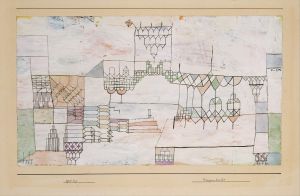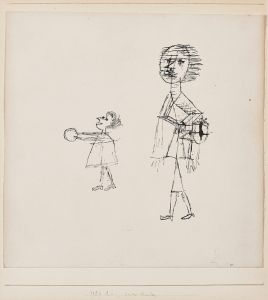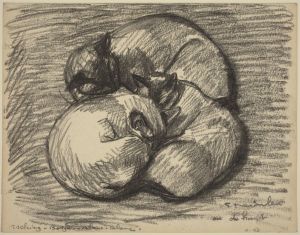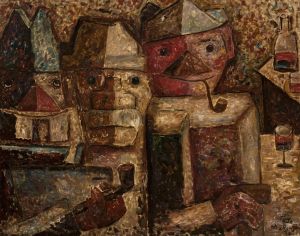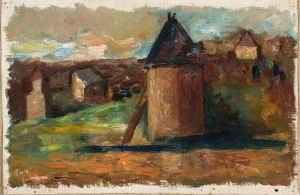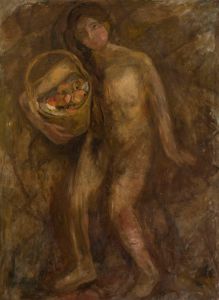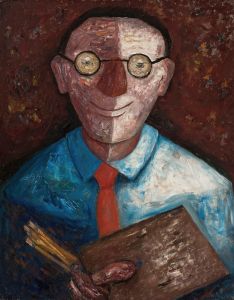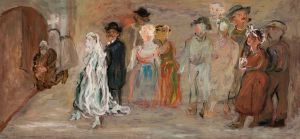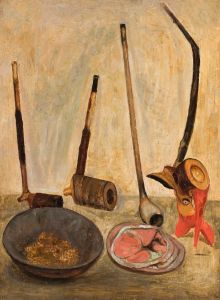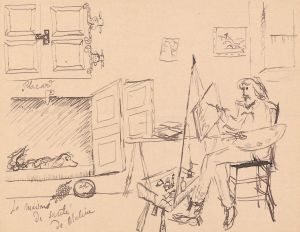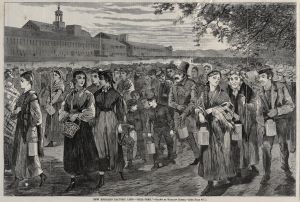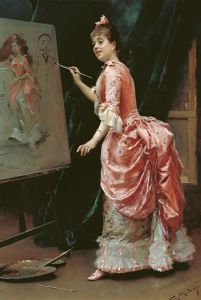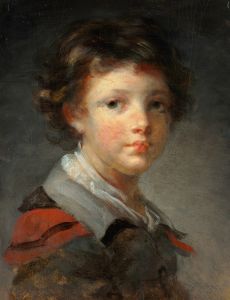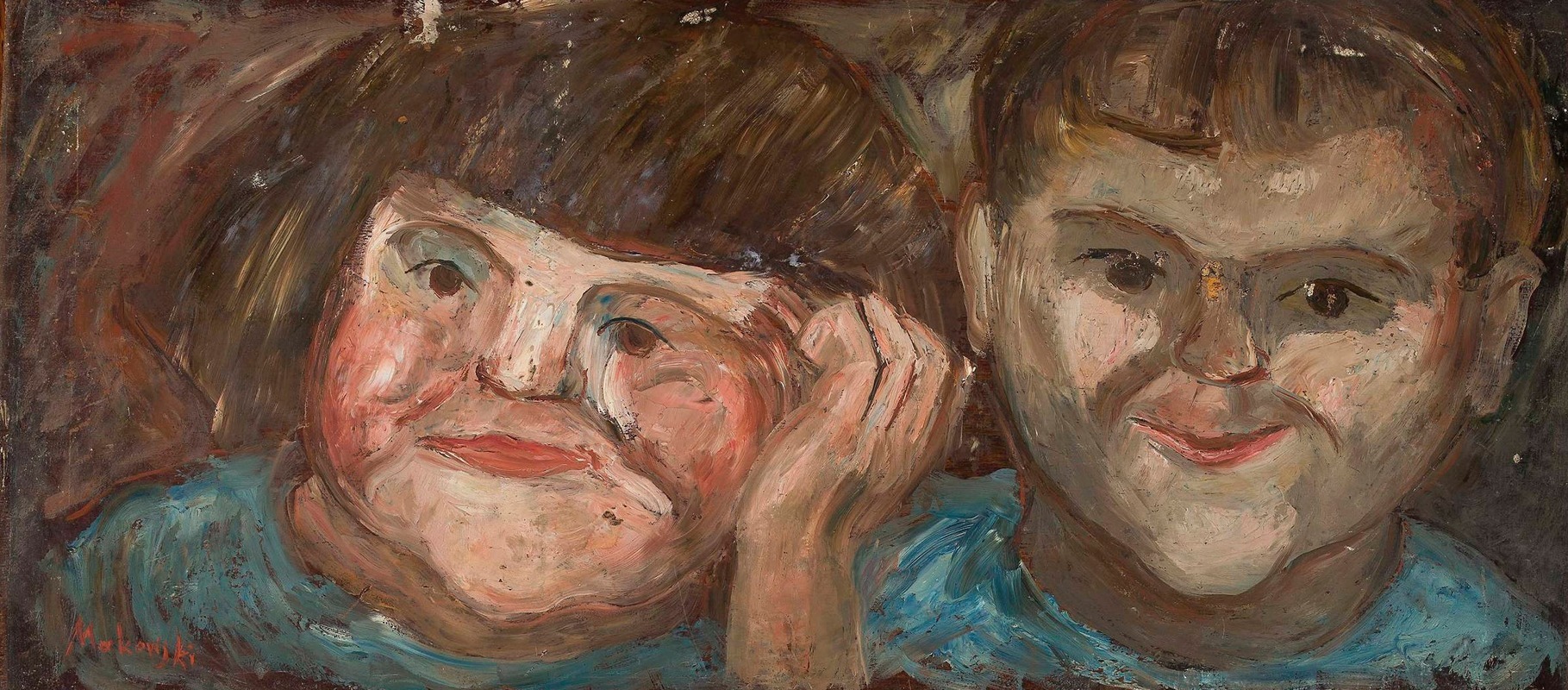
Two children
A hand-painted replica of Tadeusz Makowski’s masterpiece Two children, meticulously crafted by professional artists to capture the true essence of the original. Each piece is created with museum-quality canvas and rare mineral pigments, carefully painted by experienced artists with delicate brushstrokes and rich, layered colors to perfectly recreate the texture of the original artwork. Unlike machine-printed reproductions, this hand-painted version brings the painting to life, infused with the artist’s emotions and skill in every stroke. Whether for personal collection or home decoration, it instantly elevates the artistic atmosphere of any space.
Tadeusz Makowski (1882–1932) was a Polish painter known for his distinctive style that combined elements of modernism with a focus on folk art and childlike simplicity. One of his notable works, Two Children, exemplifies his characteristic approach to art, which often centered on themes of childhood and innocence.
Makowski was born in Oświęcim, Poland, and studied at the Academy of Fine Arts in Kraków under the guidance of prominent Polish artists such as Józef Mehoffer and Jan Stanisławski. In 1908, he moved to Paris, where he became influenced by the avant-garde movements of the time, including Cubism. Over the years, Makowski developed his own unique style, blending geometric forms with a softer, more lyrical quality that reflected his fascination with everyday life and the world of children.
Two Children is a painting that captures the essence of Makowski's artistic vision. The work portrays two young figures, rendered in a simplified, almost geometric manner, yet imbued with warmth and humanity. The muted color palette and subtle textures create a sense of intimacy, drawing the viewer into the quiet world of the children. The figures are often depicted with rounded, doll-like faces and minimalistic features, a hallmark of Makowski's style. This approach reflects his interest in the innocence and purity of childhood, as well as his ability to distill complex emotions into deceptively simple forms.
Makowski's time in France greatly influenced his artistic development, and he often drew inspiration from the rural landscapes and traditional life of the French countryside. His works, including Two Children, frequently evoke a sense of nostalgia and timelessness, bridging the gap between modernist experimentation and the enduring appeal of folk art traditions.
While specific details about the creation of Two Children, such as its exact date or the identities of the children depicted, are not widely documented, the painting remains an important example of Makowski's oeuvre. It reflects his ability to merge the structural innovations of modern art with a deeply personal and emotional resonance.
Tadeusz Makowski's contributions to art have earned him recognition as one of Poland's most significant modernist painters. His works, including Two Children, continue to be celebrated for their unique blend of simplicity, charm, and emotional depth. Today, his paintings can be found in various museums and private collections, serving as a testament to his enduring legacy in the world of art.





